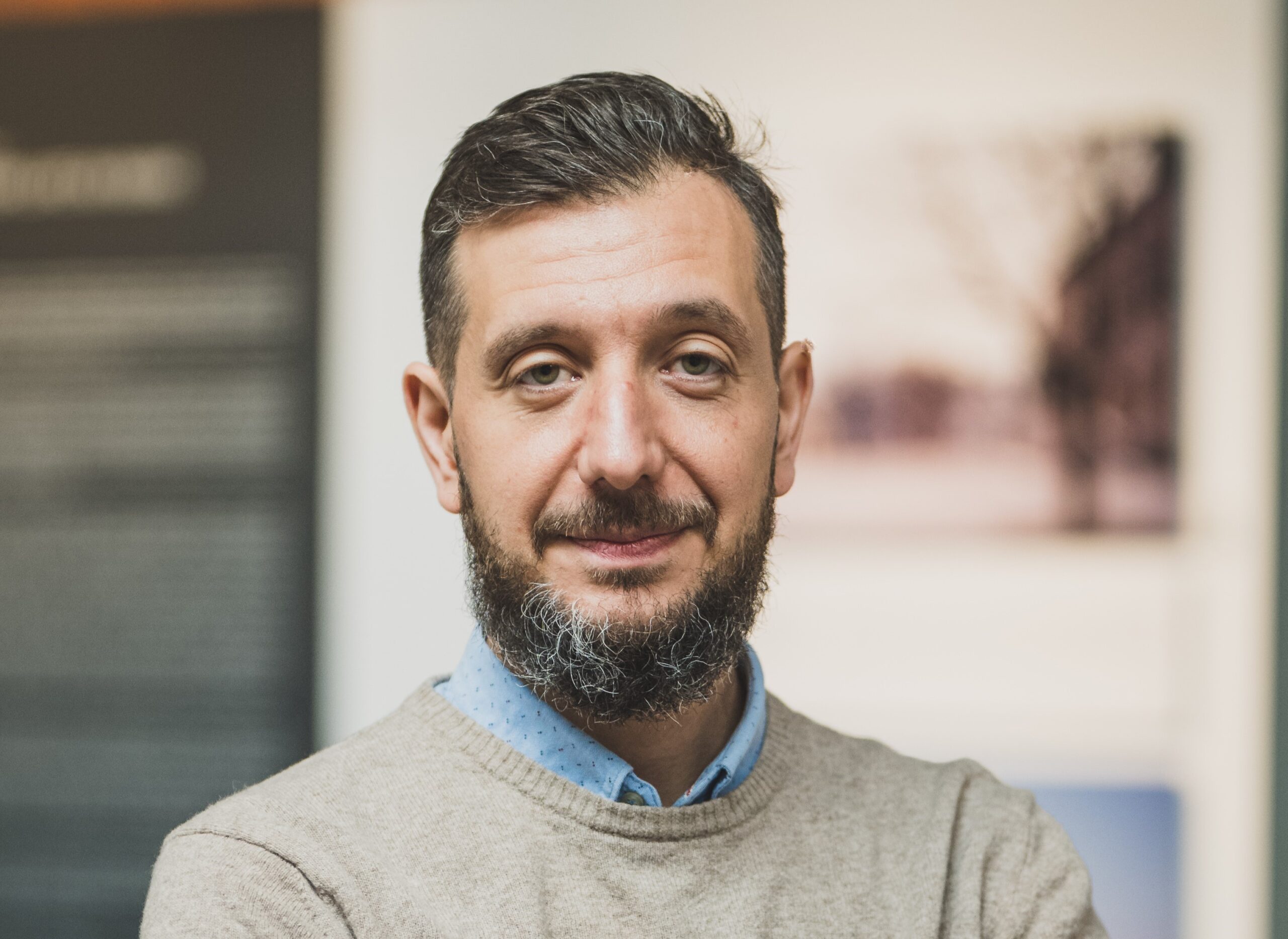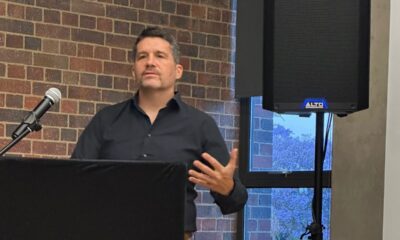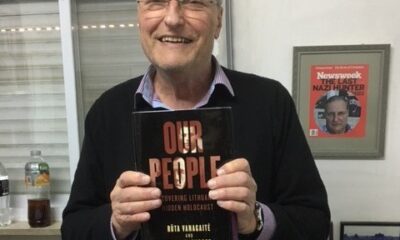
Holocaust

History not repeating itself, but offering us guidance
During 1944 and 1945, when Russian, American, and British soldiers began liberating Nazi death and concentration camps, the sheer horror they encountered left them in shock. In spite of five years of war and prior reports about German atrocities, witnessing the extent of the mass killings, particularly targeting European Jews, was incomprehensible. A world confronted with photos and footage sent by these soldiers from Auschwitz, Dachau, Mauthausen, and other notorious camps, found it hard to believe it too. Although some had reported and raised alarms about Nazi crimes as early as in 1942 and 1943, the stark reality surpassed what many were willing to accept.
The aftermath of liberation revealed haunting scenes.
Rows and rows of skeletal figures, still clinging to life, bearing the scorches of total destruction. They hadn’t succumbed to death, yet the annihilation they witnessed had left an indelible mark, a perpetual stigma.
But what also was discovered were halls filled with shoes and clothes, boxes containing personal items like eyeglasses, dentures, teeth – crates of teeth – made of gold or other precious metals, watches, shoes, combs, keys, coins, musical instruments, and toys. These artifacts represented the microcosm of the life stories of the six million people that were no more, the grim result of the systematic murder of Europe’s Jews, which only later was named the Holocaust.
This was the final chapter of destruction. But where was its origin?
Was it in 1939 with the outbreak of World War II? Or perhaps 1938 and the Night of the Broken Glass, the first violent pogrom orchestrated by the Nazi state against its own citizens, German Jews? Or maybe the year 1933, and the elections that paved the way to power for Adolf Hitler?
Yet, antisemitism, the deep-seated hatred towards Jews, didn’t originate with the Germans. It existed much earlier, taking various forms over the centuries.
In the ancient world, Jews were predominantly hated for their religion, specifically their belief in one G-d. Unlike antisemitism, a later development encompassing broader prejudice, anti-Judaism specifically targeted the religious aspects of Judaism. This manifested in discriminatory laws, persecution, and violence. Anti-Judaism played a pivotal role in shaping societal attitudes towards Jews, contributing to the broader spectrum of prejudice faced by Jewish communities over time.
The situation changed in the 19th century, which witnessed the rise of a new concept – the nation – in most cases grounded in blood ties and exclusivity which often bred hostility toward groups deemed incompatible with the narrowly defined national identity. As societies around the world embraced nationalist fervour, the call for assimilation among Jews gained traction. The concept was for Jews to adopt the cultural and social norms of their respective nations, becoming German Jews, French Jews, and so on. The ironic paradox, however, was that the more Jews tried to assimilate and shed the distinctive signs of their identity, the more suspicion and hostility they encountered. As the challenge of persecuting them on the basis of their religious beliefs grew, a sinister shift occurred, and they were now targeted on the basis of their blood.
Anti-Judaism evolved into antisemitism.
After the end of World War II, some believed that the lessons of Auschwitz would serve as a definitive cure for antisemitism, but these expectations quickly proved unrealistic. Antisemitism, akin to a persistent virus, can lie dormant, silently infecting new hosts over extended periods and occasionally revealing itself disguised as stereotypes, misconceptions, or fake news, offering easy solutions and pointing to those responsible for all our misfortunes and failures.
Until it violently erupts, fuelled by fear and hatred, causing pain and suffering.
What makes the virus of antisemitism extremely difficult to eradicate is the fact that it perpetually transforms, continuously evolving to offer responses to our current fears. Though it remains deeply anchored in ancient lies spanning centuries, it ingeniously discovers ways to stay relevant, influencing our future.
However, the simple fact that it draws from the same old narratives doesn’t necessarily imply that it stays the same. More crucially, it doesn’t indicate that our circumstances mirror those of the past.
It was Svetlana Boym, the Russian American novelist and professor at Harvard University, who once remarked, “Fantasies of the past determined by the needs of the present have a direct impact on the realities of the future.” As we’re aware of the past, it’s tempting to believe that history just repeats itself before our eyes. That it all happened before.
However, that’s never the case.
The situation of the Jewish diaspora differs significantly across historical eras. Whether in the Middle Ages, when they experienced a fluctuation between mere tolerance, persecution, and expulsion; the 19th-century Eastern Europe marked by violent pogroms or forced assimilation; or the United States in the 1920s, which drastically limited immigration from Eastern Europe, deeming Ashkenazi Jews, among others, undesirable.
It’s important to remember that the menace of antisemitism in Nazi Germany wasn’t predominantly fuelled by fervour and passion; it derived its terror from cold, calculated reasoning.
Each act of humiliation, every blow, and each bullet had the imprimatur of the law, shrouded in proper legislation that rendered them legal. The German antisemitism of the 1930s was particularly ominous because it was state-sponsored, and few countries globally stood against it. On the contrary, they opted to seal their borders, attempting to isolate themselves from what they perceived as the “Jewish problem”.
We need to be cognisant of these differences to comprehend the current reality. In spite of the global surge in anti-Israeli sentiment or the massive rallies organised in some countries in support of Hamas and following the heinous attacks on Israel by this terrorist organisation on 7 October and the subsequent conflict, it’s imperative not to lose sight of the fact that many governments around the world are endorsing Israel’s right to self-defence. The rise in antisemitism and the escalating number of violent attacks on Jewish synagogues, cemeteries, or individuals, tragic as they are, shouldn’t overshadow the reality that these acts are illegal and subject to legal persecution, not the other way around.
None of this means that there is no reason for alarm.
The rising tide of antisemitism or Holocaust denial as well as the ongoing conflict in Israel are issues of profound concern. The fact that Hamas members aren’t modern-day Nazis doesn’t mean that it’s any less dangerous.
But fortunately, it’s precisely the past that gave us tools so we could shape a better future. This is where the past matters: it illuminates all the wrong decisions we humans have made. Let’s keep that in mind when in coming days we’ll be contemplating the significance of Auschwitz and the memory of its victims. Let’s not make the mistake of oversimplifying history. Let the traumatic experiences of the victims of the Holocaust serve as a warning, not a prophecy. We’re not prisoners of the past; we can shape it through the power of our choices.
Perhaps therein lies all our hope.
- Jakub Nowakowski is the new director at the Cape Town Holocaust & Genocide Centre.











Sheila Novitz
January 25, 2024 at 4:01 pm
But he has said nothing! All of us know that the world has changed and is changing. Does not alter the fact that we are frightened and sad. As far as those countries are concerned, who say Israel has a right to defend itself, they may not say this tomorrow. All could change their minds, just as Australia has done. Australia, believe it or not, supports the “Palestinians” in every possible way – and just ignores the Jewish dilemma. So, how does this gentleman suggest we cope with all this, when our home and our freedoms are being threatened on account of the extraordinary lies told by those who call themselves “Palestinians”?